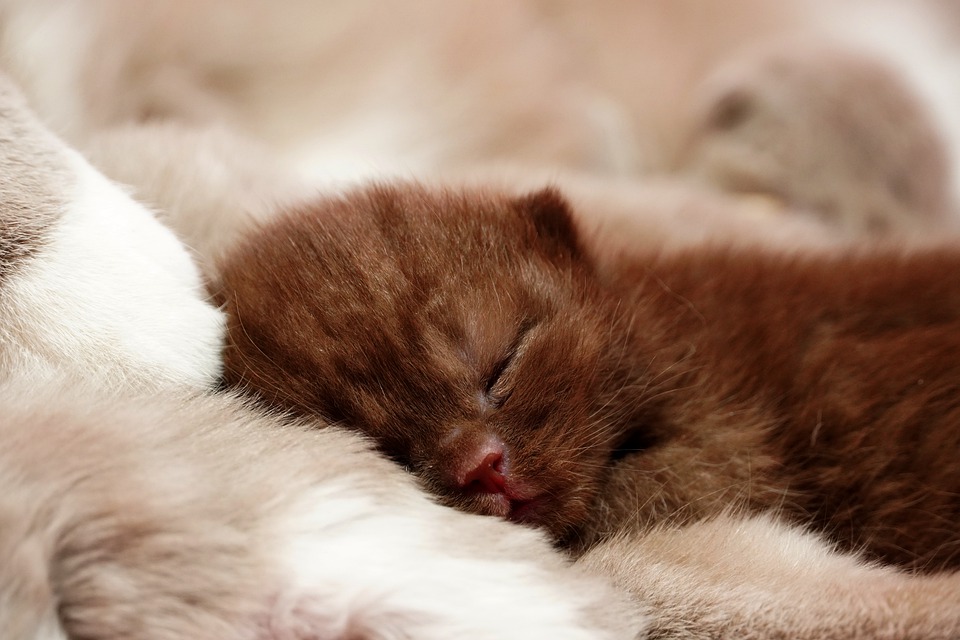Cat owners know the importance of training their feline companions. Training not only helps in shaping their behavior but also contributes to their overall health and happiness. One crucial aspect of successful cat training is establishing a routine for training sessions. In this article, we will discuss the steps to establish a training routine, common challenges, and effective techniques.
Training routines are essential for cats for several reasons. First and foremost, training sessions provide mental stimulation and help reduce boredom. Cats are intelligent animals that thrive on challenges, and training provides them with the mental exercise they need. Additionally, a training routine helps build a bond of trust and communication between the cat and its owner. Through consistent training sessions, cats learn to understand and respond to their owner’s cues, resulting in a stronger relationship.
Step 1 in establishing a training routine is to set clear goals and objectives. Identify specific behaviors that need addressing and prioritize them based on their importance and feasibility. It is also helpful to break down complex behaviors into smaller, achievable steps, making the training process more manageable.
Step 2 involves creating a consistent schedule for training sessions. Determine the best time for training, considering your cat’s energy levels and receptiveness. Allocate a specific duration for each session, keeping in mind that cats have shorter attention spans compared to dogs. It is crucial to ensure a quiet and distraction-free environment to maximize the effectiveness of the training.
Step 3 focuses on using positive reinforcement during training. Positive reinforcement involves rewarding desired behaviors to encourage their repetition. Choose appropriate rewards for your cat, such as treats, praise, or playtime. Timing is crucial when using positive reinforcement. The reward should be given immediately after the desired behavior to reinforce the connection between the behavior and the reward.
Step 4 involves starting with basic commands. Introduce simple commands like sit, stay, and come using either clicker training or verbal cues. Gradually increase the difficulty level of the commands as your cat becomes more proficient. Remember to be patient and consistent during the training process.
Incorporating playtime and exercise is Step 5 of establishing a training routine. Playtime not only provides physical exercise but also contributes to training by keeping the cat engaged and motivated. Engage in interactive play sessions that involve toys and encourage your cat to chase, pounce, and jump. Combining physical exercise with mental stimulation is an effective way to maintain a healthy and well-behaved cat.
Despite our best efforts, there might be common challenges that arise during training. Lack of motivation or interest from the cat, distractions during training sessions, fear or anxiety, and aggression or inappropriate behavior are some of the challenges that cat owners may face. Each challenge requires a different approach, and it is important to adapt to the individual needs of your cat. Seeking professional help from a cat behaviorist or trainer may be necessary for more complex issues.
To address frequently asked questions, here are some answers:
1. How long should each training session be? Training sessions should be short, around 5-10 minutes, to match a cat’s attention span.
2. Can older cats be trained as effectively as kittens? Yes, older cats can be trained, although it may take more time and patience.
3. What if my cat refuses to respond to training? It’s important to assess the training method, rewards, and environment. Adjustments may be needed to find what motivates your cat.
4. Is punishment an effective training method for cats? No, punishment can create fear and anxiety in cats and should be avoided. Positive reinforcement is a more effective and humane approach.
5. Can I train multiple cats simultaneously? It is best to train cats individually to avoid distractions and ensure each cat receives individual attention.
6. How often should I conduct training sessions? Training sessions can be conducted daily or a few times a week, depending on your cat’s progress and availability.
In conclusion, establishing a routine for training sessions is crucial for cat health and behavior management. Setting clear goals, creating a consistent schedule, and utilizing positive reinforcement are key steps in successful cat training. Remember to be patient, adapt to individual needs, and seek professional help if necessary. Happy training!








